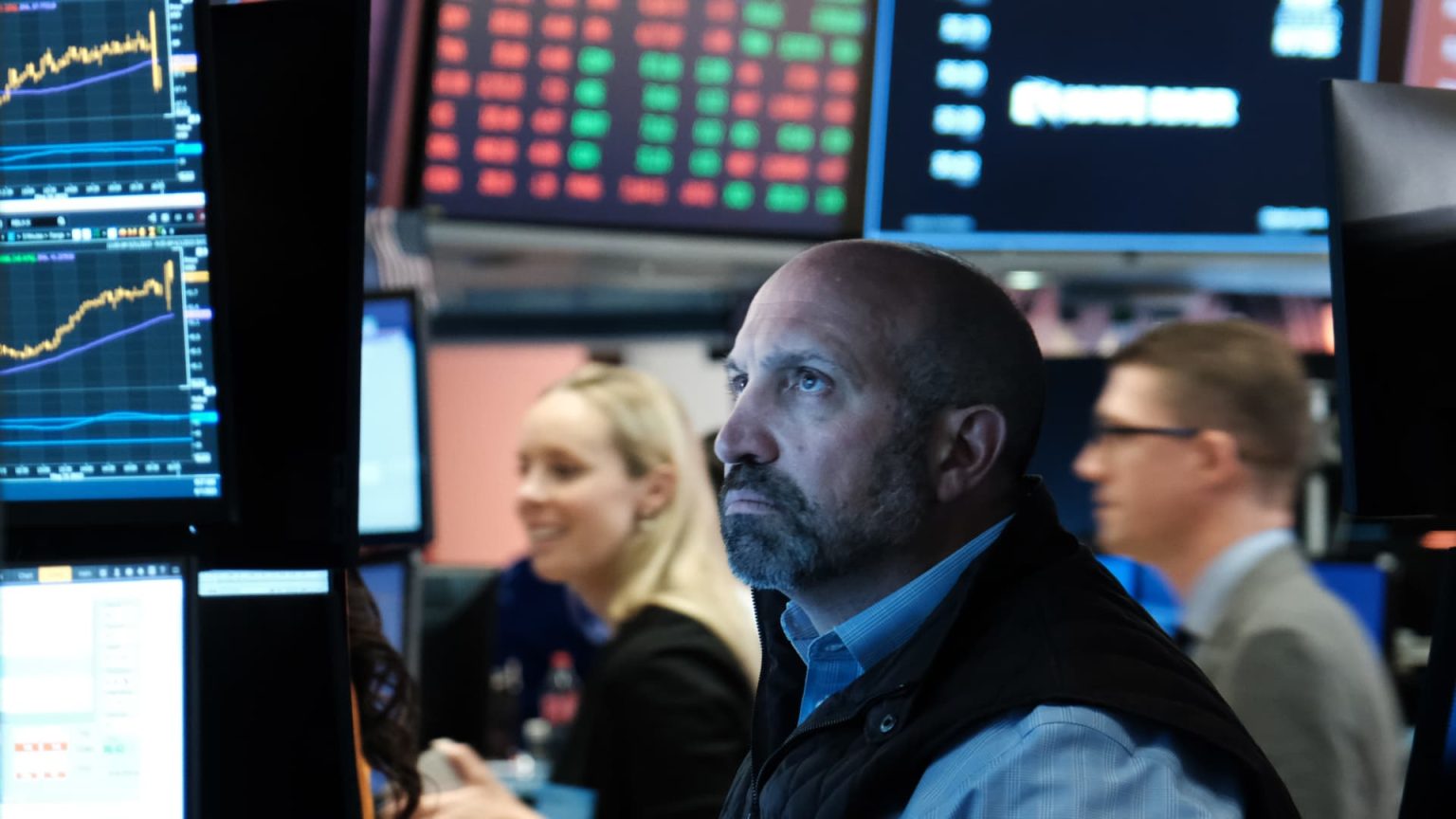Traders work the floor of the New York Stock Exchange in New York City on May 31, 2023.
Spencer Platt | Getty Images
This report is from today’s CNBC Daily Open, our new, international markets newsletter. CNBC Daily Open brings investors up to speed on everything they need to know, no matter where they are. Like what you see? You can subscribe here.
What you need to know today
Oh, snap
Major U.S. indexes fell across the board Friday and snapped their multiweek winning streaks. Stock markets in Europe traded lower too. Asia-Pacific markets were mostly lower Monday, with South Korea’s Kospi being the only major index that traded higher, climbing 0.5%, as of publication time. Separately, oil prices rose amid fears that supply would be disrupted after the Wagner Group’s attempted insurrection in Russia.
Rebellion in Russia
On Saturday, Wagner Group mercenaries took control of Rostov, a southern city in Russia, and marched toward Moscow. Less than 24 hours after that, Wagner leader Yevgeny Prigozhin declared his rebellion over. U.S. Secretary of State Antony Blinken said the events revealed “cracks” in Russia that “weren’t there before.” As for Prigozhin, Ian Bremmer, president of Eurasia Group, called him “a dead man walking.”
Debts, defaults and distress
There have been 41 corporate defaults in the U.S. so far — the most globally and more than double during the same period last year, according to Moody’s Investors Service. Troublingly, Moody’s expects the global default rate to rise to 5% by April 2024, compared with the long-term average of 4.1%. Analysts blame high interest rates for this tumult.
High demand, low supply
Bitcoin’s price has jumped over the past week and is comfortably hovering above the $30,000 barrier, its highest in two months. Market watchers think it’s pushed up by news that BlackRock is planning to launch a spot bitcoin exchange-traded fund. But CNBC found it’s more likely because large institutional investors are buying bitcoin as liquidity remains low.
[PRO] Markets on an even footing
Markets may have declined last week, but CNBC Pro’s Michael Santoli thinks there’s still a “favorable underlying market trend.” Despite worries about a banking crisis, narrow rallies and speculative stocks, the S&P 500 is still nearly up 15% for the year — which points to a market on even footing, ready to climb further.
The bottom line
Last week wasn’t pretty for U.S. stocks — but that’s not necessarily a bad thing.
On Friday, all major indexes fell and closed lower for the week. On a weekly basis, the S&P 500 was down 1.4%, its first week-over-week loss after five consecutive weeks of gains. The Dow Jones Industrial Average fell almost 1.7% to snap its three-week positive run. The Nasdaq Composite slipped 1.4%, ending an eight-week winning streak to post its worst weekly performance since March.
Those figures may sound disappointing, but Art Hogan, chief market strategist at B. Riley Wealth Management, thinks it’s just the markets finding their balance after being overbought, meaning that stocks have been trading above what they were worth. As Barclays strategist Venu Krishna notes, “the broader Tech sector appears frothy.” That is to say, even though the S&P technology sector has rallied nearly 40% this year, the rest of the index has remained flat.
Going by both those analysts’ logic, the dip in markets last week, then, may be a positive sign that some of the froth around tech is being skimmed off. (Indeed, Nvidia shares lost 1.9%, Microsoft slipped 1.38% and Tesla sank 3.03% Friday.) Investors, then, can focus again on what’s beneath the froth: The financial health of companies amid inflation and interest rates. Compared with excitement over artificial intelligence, that’s a much better indication of stocks’ long-term trajectory.
On that note, the core personal consumption expenditures index, the Federal Reserve’s preferred measure of inflation, comes out Friday, and will give a clearer picture of whether the Fed will continue hiking rates after leaving them unchanged in June. Froth is, by nature, hollow: A slight increase in heat will cause it to melt completely.
Read the full article here




